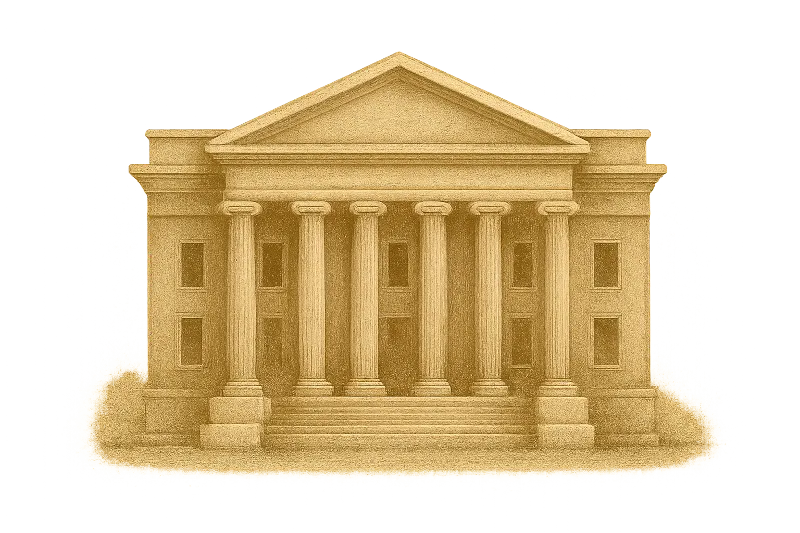
Reliable Access to Verified Ledger Data
Why INFTF provides public Data APIs for XRPL and Xahau to make blockchain data from canonical sources accessible, verifiable, and performant.


Why INFTF provides public Data APIs for XRPL and Xahau to make blockchain data from canonical sources accessible, verifiable, and performant.

How cooperative banks and transparent digital networks can help reshape fairness and trust in the global coffee economy.

We explain why maintaining independent, verified mirrors of Xahau and XRPL repositories helps preserve open source knowledge and ensure long-term reliability.

In this reflective piece, Bharath Chari shares his personal musings on the widening gap between the blockchain industry narratives about the 'future of finance' and the realities of financial systems. Drawing from the perspective of someone who deeply cares about the transformative aspects of financial technology, he observes how spectacle and sponsorship have overtaken substance, and how genuine progress now depends on quiet, disciplined work rather than staged performances.

Independence, stewardship, and inclusion guide INFTF as it builds on Xahau to deliver urgent real-world impact. This note looks at how the foundation balances responsibility with vision, and why the future begins now.

Financing initiatives of national and international importance has traditionally been constrained by high costs, inefficiencies and limited reach. Small contributions have often been impractical, and diaspora engagement has faced barriers. Recent advances in low-cost, energy-efficient blockchains and stable digital currencies provide new ways to mobilise resources inclusively and transparently. Contributions are reframed as investments in stability, with long-term benefits for both local communities and global systems.

Stablecoins are often celebrated for their speed and cost efficiency, but their true value for emerging economies depends on whether they strengthen local financial systems. This note highlights the importance of macro compliance and introduces the concept of Balanced Compliance, ensuring that both originating and receiving regulators are aligned so that foreign exchange inflows support national resilience.

As digital finance grows across emerging economies, stablecoins have emerged as both an opportunity and a challenge. This note touches upon the implications of stablecoin-based savings and payment infrastructure in countries such as Ethiopia, Nigeria, Argentina, the Philippines, and Indonesia with a focus on monetary sovereignty, institutional trust, and equitable development. Drawing on examples from remittance corridors and local financial innovation, including Ethiopia’s use of blockchain for ETB settlement, we argue for a model of digital financial inclusion that reinforces, rather than bypasses, national currencies.